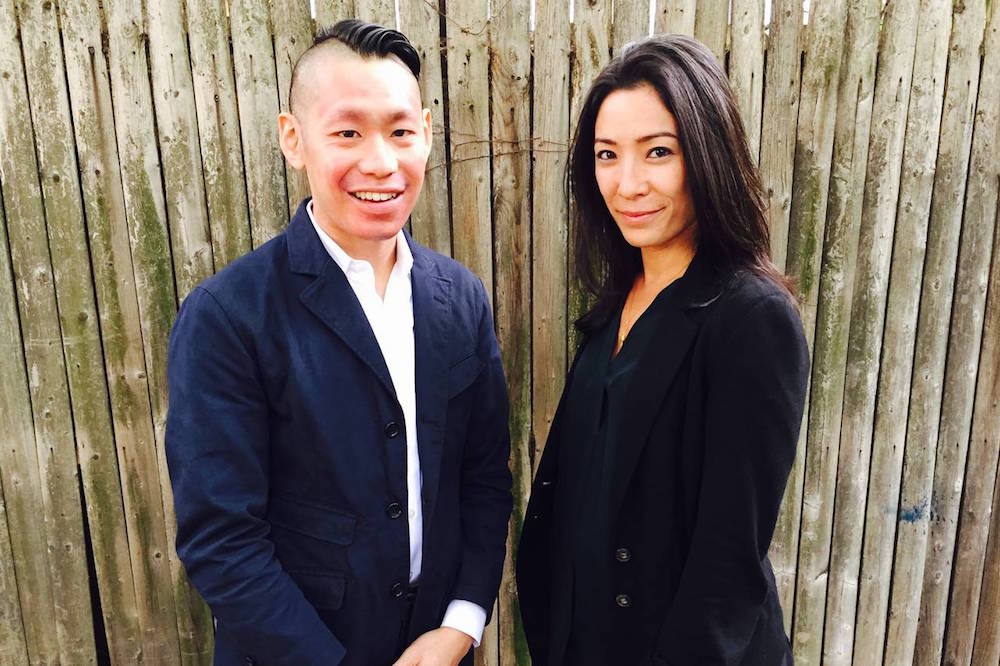
The Whitney Museum of American Art announced Christopher Y. Lew and Mia Locks as co-curators for the institution’s 2017 Whitney Biennial. It will be the first time the event will take place in the museum’s new downtown location.
Both curators share a common past at MoMA PS1. 34-year-old Lew served as an assistant curator at the Museum of Modern Art’s contemporary outpost until 2014 and is now an in-house associate curator at the Whitney; 32-year-old Locks served as assistant curator at MoMA PS1 until recently.
The young age of the appointed curators demonstrates the Whitney’s dedication to taking a “fresh” approach to the institutions biennial survey of American contemporary art.
The Whitney’s new location.
Photo: Courtesy the Whitney Museum of American Art.
“Chris and Mia are relatively young curators to be taking this forward for the Whitney,” Scott Rothkopf, deputy director for programs and chief curator at the Whitney told the New York Times. “We decided to let the spirit be very fresh. Even though we’re grown up as an institution, we want to keep a sense of risk and adventure about this biennial process.”
In the past, the Whitney Biennial has been criticized for including too many foreign artists residing in the US at the expense of American artists. On the other hand, the exhibition has also come under fire for lacking in ethnic and gender diversity.
However, Rothkopf insists that two Asian-American curators were chosen on merit, not in response to criticism.
The outdoor spaces at the Whitney Museum’s new building present unique challenges to the curatorial team.
Photo: ny.curbed.com
The chief curator told the Wall Street Journal that Lew has his “ear to the ground in the sense of who is coming up,” and praised his role in organizing Rachel Rose’s video installation currently on show at the museum.
He also highlighted Locks’s knowledge of West Coast art gained during her time with the Museum of Contemporary Art, Los Angeles from 2010 to 2013, and her understanding of the LGBTQ art community gained from working on MoMA PS1’s current Greater New York show.
Earlier this year, the museum announced it was staging the exhibition in 2017 rather than 2016 in order to allow the curatorial team to adjust to the museum’s new building. The upcoming biennial will be the biggest in terms of square footage. The large galleries and unfamiliar facilities such as the museum’s theater and outdoor spaces present a unique challenge for organizers.